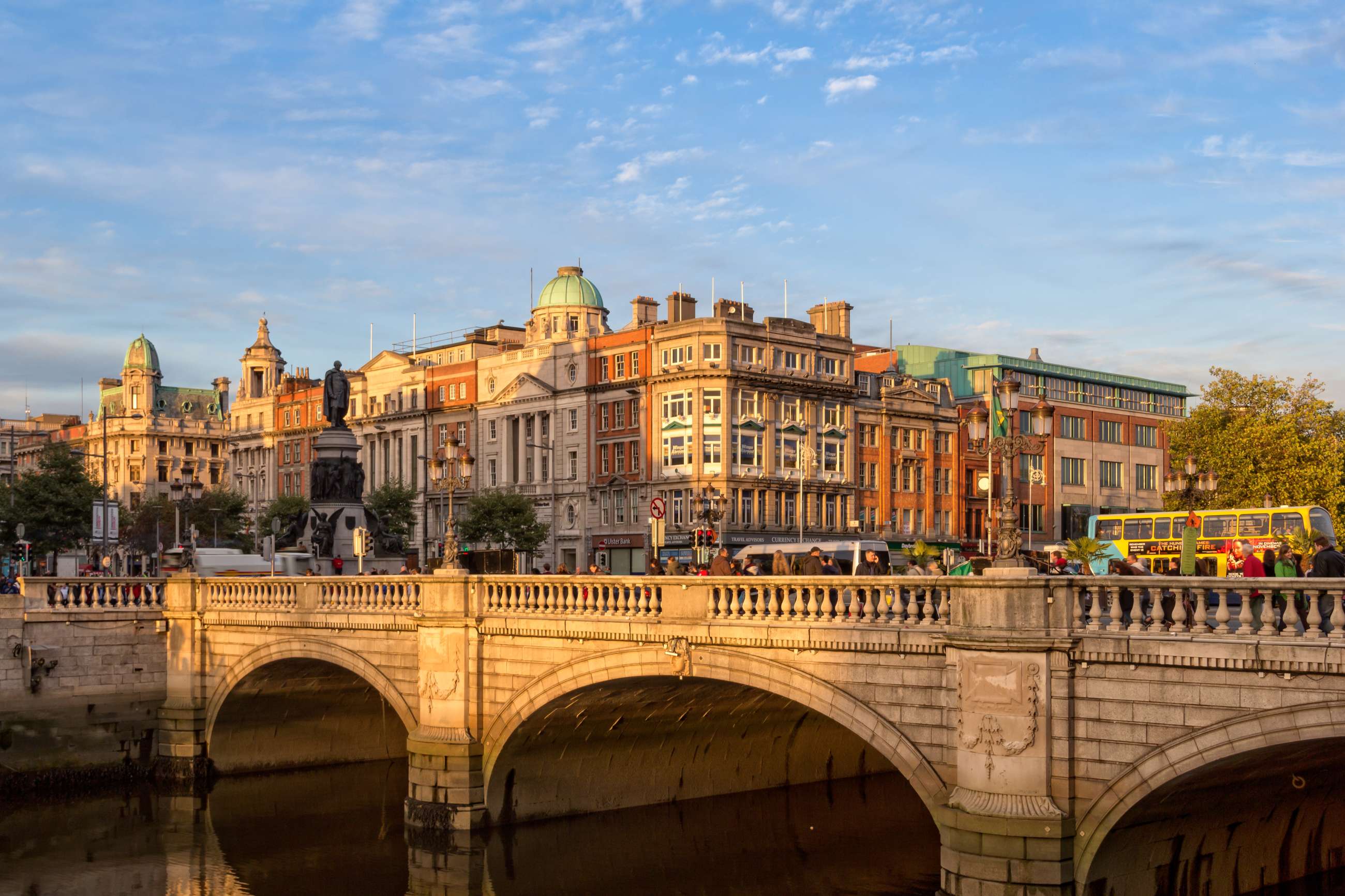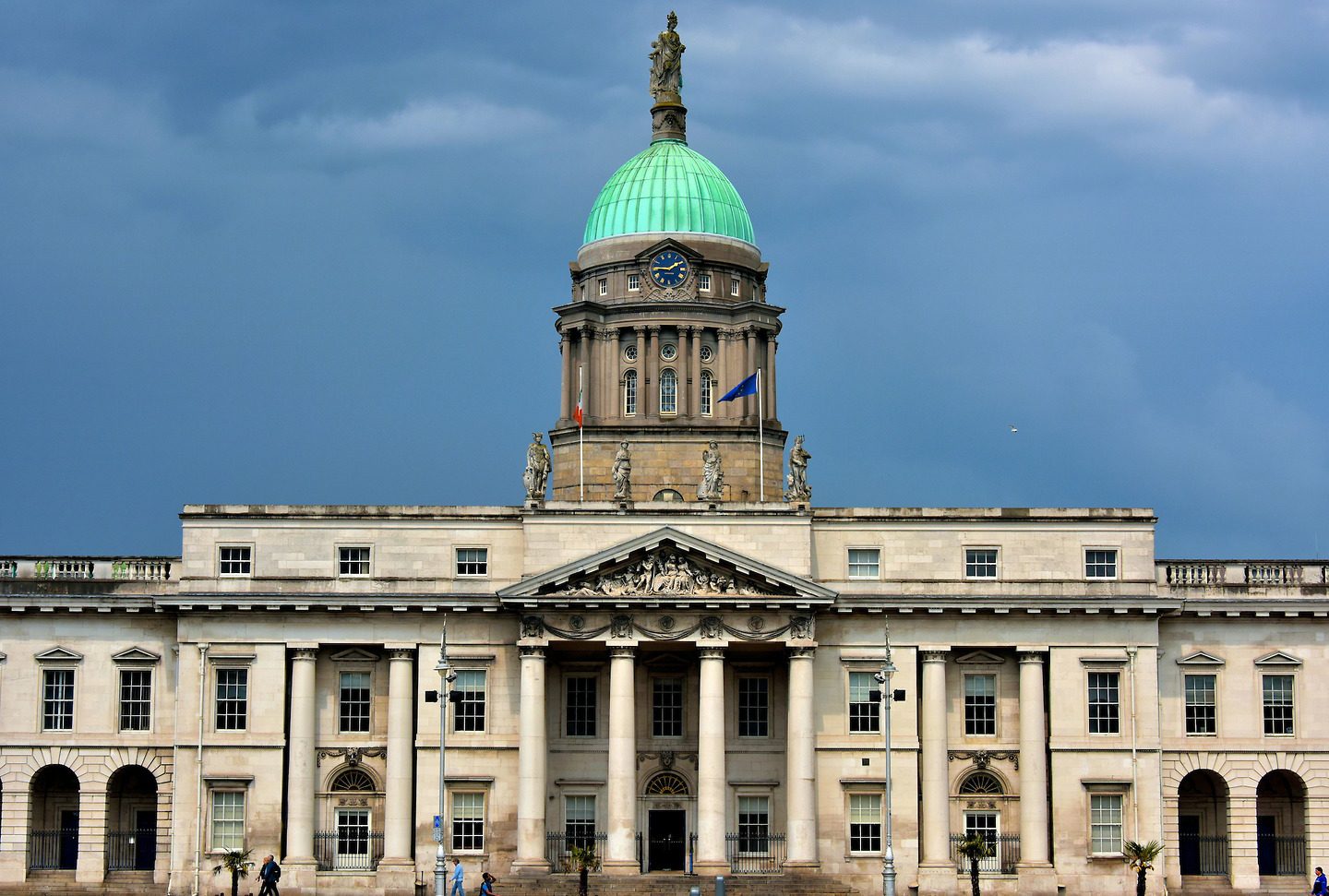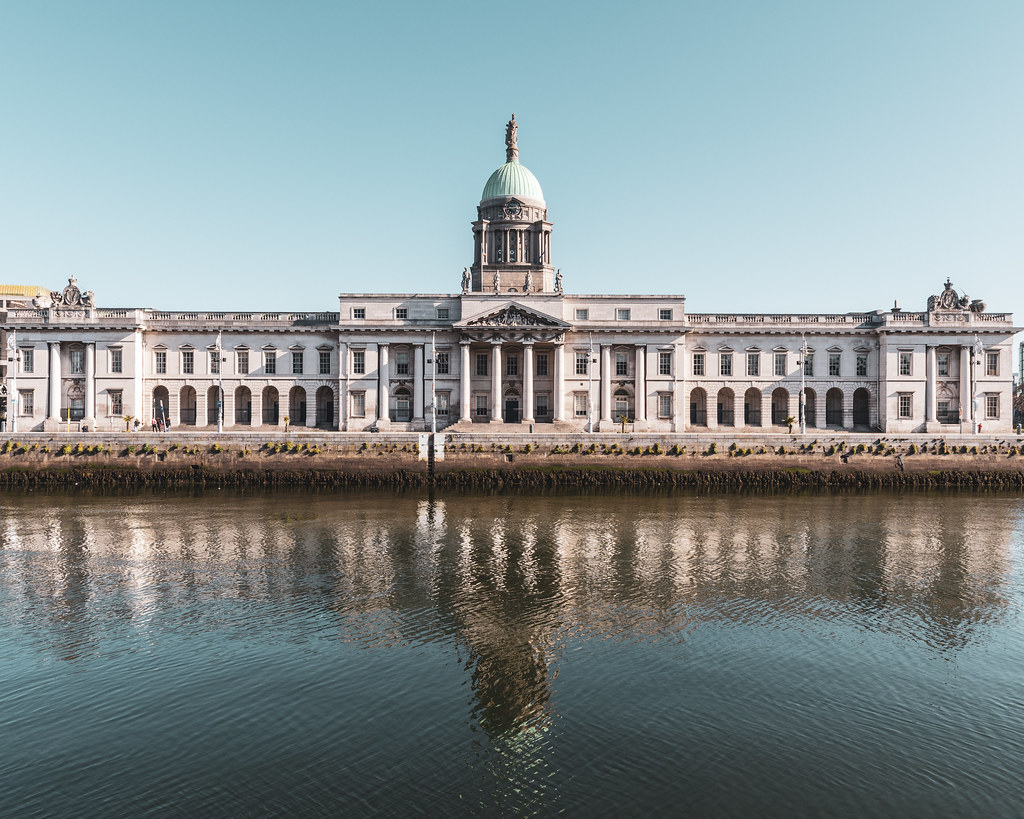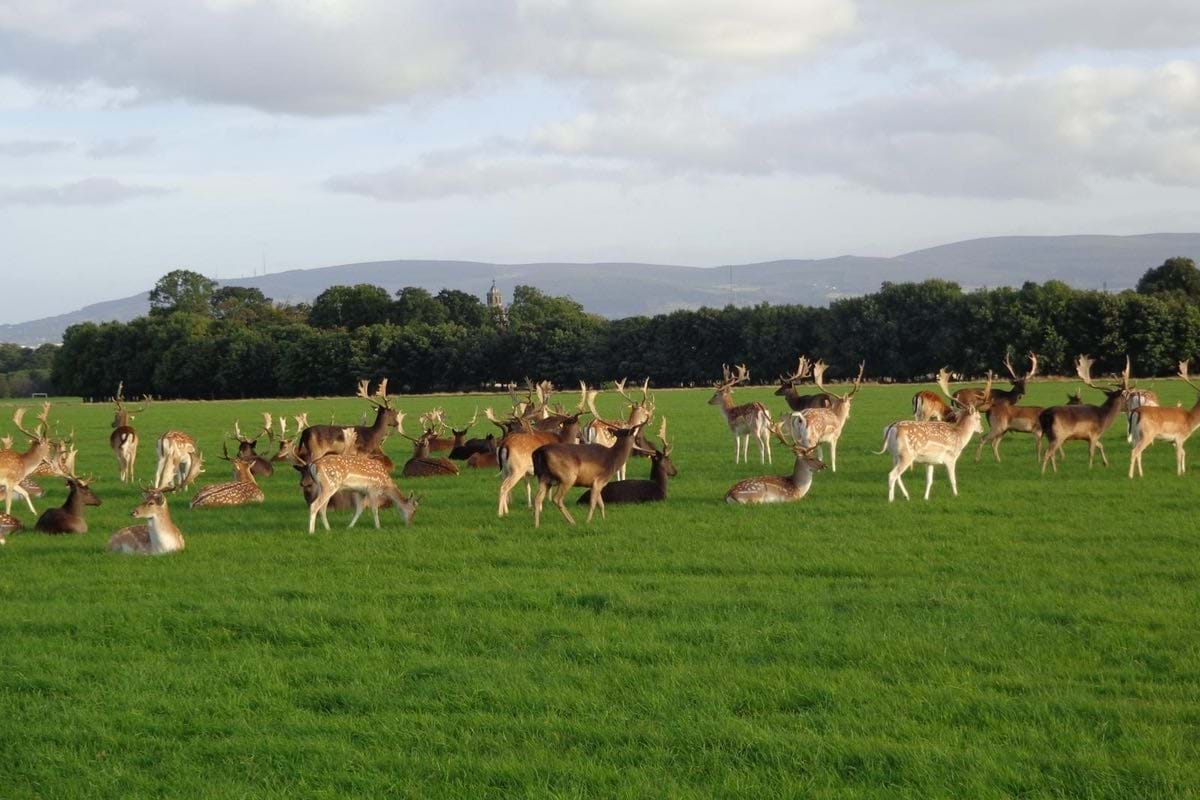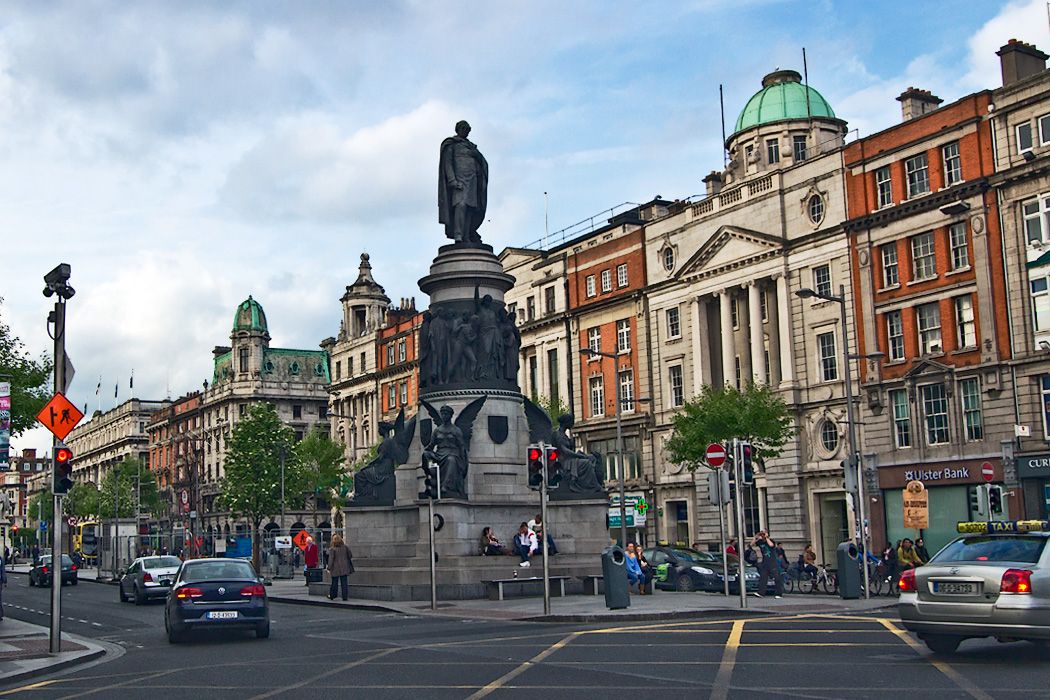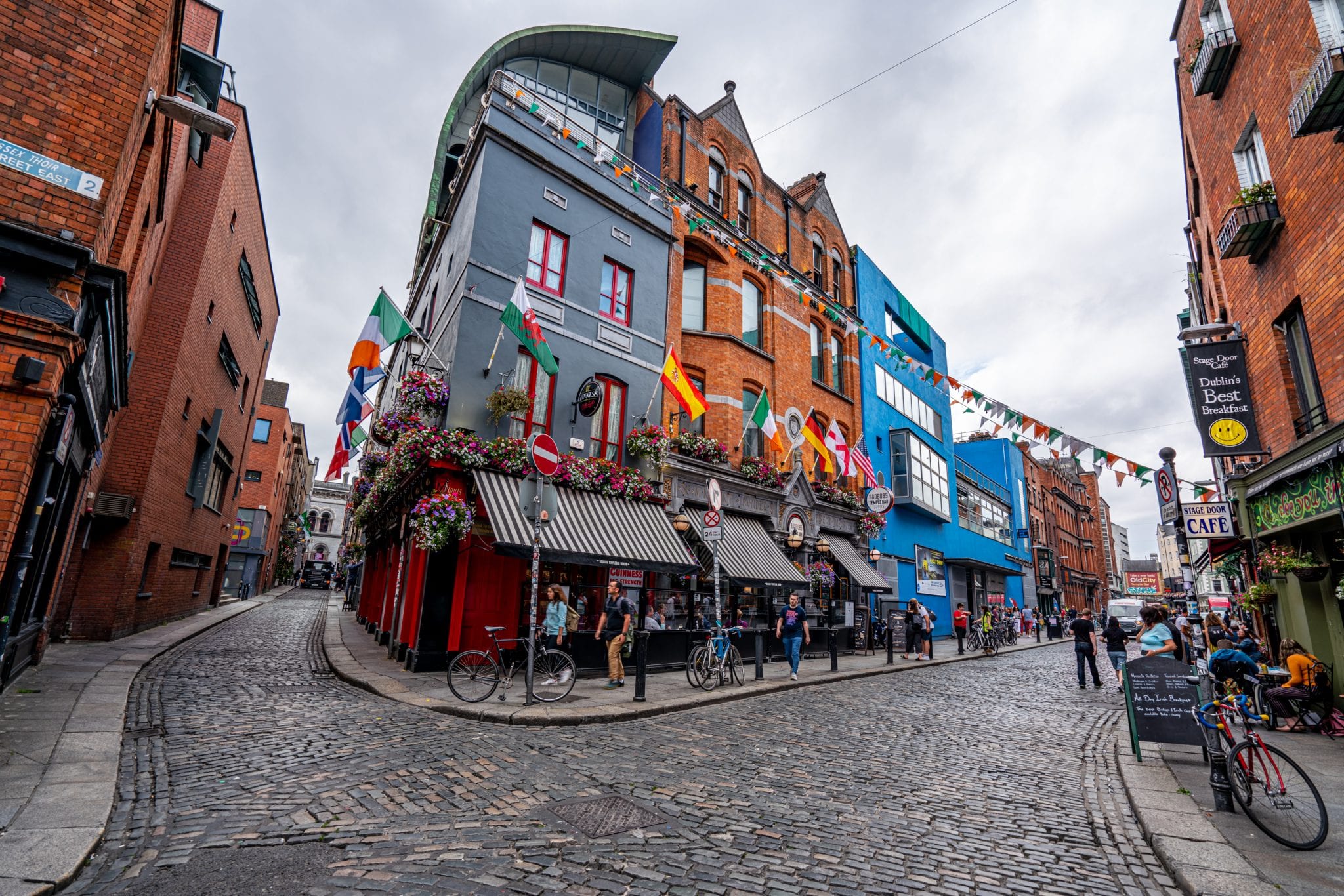 Photo permit included
Photo permit included
 Tour by public transport
Tour by public transport
 Canal Boat tour included
Canal Boat tour included
 Train tickets included
Train tickets included
 Suitable for little children
Suitable for little children
 Wheelchair accessible tour
Wheelchair accessible tour
 Museum ticket included
Museum ticket included
 Light snack included
Light snack included
 Lunch included
Lunch included
 Transportation included
Transportation included
 Walking Tour
Walking Tour
Being an Ireland capital, a vibrant city with many outstanding and remarkable attractions, Dublin is now a popular tourist destination. Its beauty and charm will meet you as soon as you get in the city. Admire the local architecture, get to know the secrets that are hidden in its streets and listen to fascinating stories told by your friendly tour guide. And don't forget to take you camera so that to capture these memories.
What's included
- English-speaking guide
- Pick-up and drop-off
- Transportation
- Food and drinks
- Entrance fees
- Pick-up and drop-off at the port
- Comfortable walking shoes required
Highlights
Itinerary
09:00
You will be met at the port and guided you to your air-conditioned transportation.
This fantastic sightseeing tour of Dublin will take you to the main sites of this beautiful city with plenty of photo and shopping opportunities along the way. Famine ship and the Famine statue is a museum and memorial that depicts the starving Irish people in the 1840’s that came to reply on potato for their diet. Custom House- located on the banks of the River Liffey, this neoclassical 18th century building houses the department of Housing, Planning and local Government. College Green + Trinity College. One of Dublin’s most famous and visited attractions. The college is set in the college Green and now houses a hotel and library open to the public. Other sites that are included will be Merrion Square and St Stephens Green, St Patricks Cathedral, Phoenix Park, North Quays and O Connell Street. At the end of your time seeing the cities most visited attractions, you will have some free time to explore at your own leisure, grab a coffee or try the local tipple, Guinness!
With your tour now at a close, you will meet back up with your guide and make your way back to the cruise port in plenty of time for your ship’s departure.
